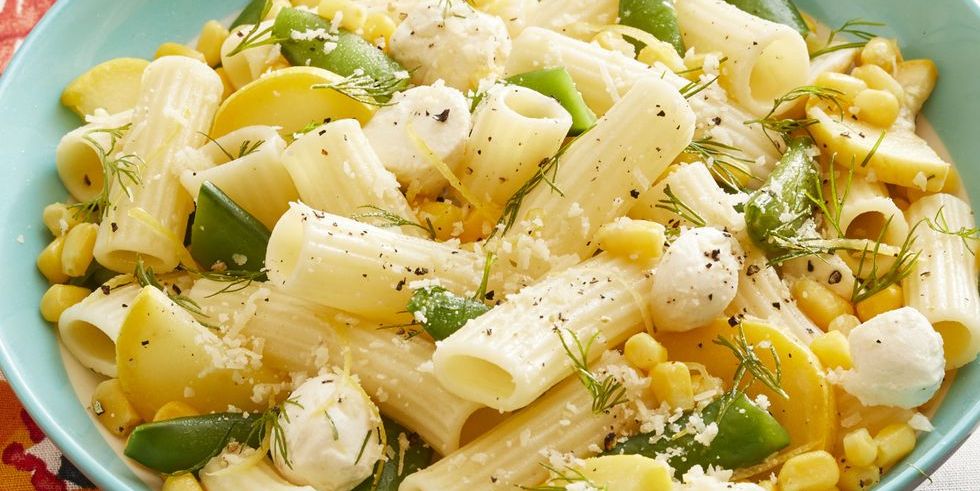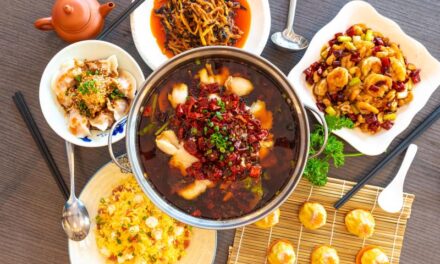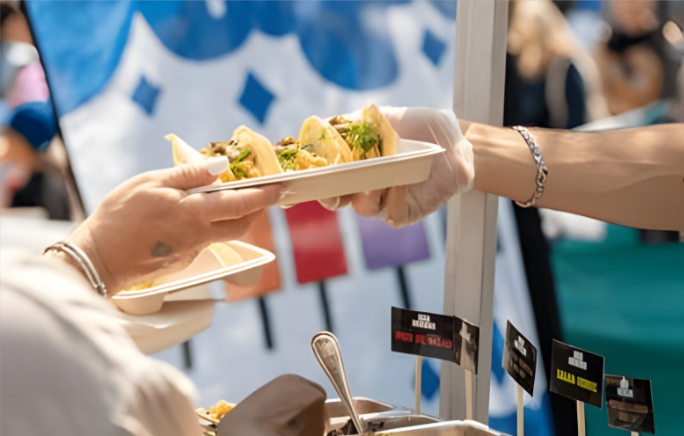Tips and Recipes for a Balanced Diet
Who doesn’t love pasta? It’s a comfort food that brings joy to many people’s hearts. However, pasta is often associated with high-carb and high-calorie meals that are not exactly healthy. Fortunately, there are plenty of ways to enjoy pasta while also maintaining a balanced diet. In this blog, we’ll explore some healthy pasta options that you can incorporate into your meals.
Whole Wheat Pasta
One of the easiest ways to make pasta healthier is by choosing whole wheat pasta. Unlike traditional pasta made with refined wheat, whole wheat pasta is made from whole grains, which means it retains more fiber and nutrients. Fiber is essential for maintaining healthy digestion, and it also helps you feel fuller for longer, which can help you avoid overeating. Whole wheat pasta also contains more protein than regular pasta, which is important for building and repairing muscle.
If you’re worried about the taste of whole wheat pasta, don’t be! Today, there are many brands that offer delicious whole wheat pasta options that are just as tasty as regular pasta. You can find whole wheat spaghetti, penne, fusilli, and more.
Zucchini Noodles
For those who want to reduce their carb intake, zucchini noodles are an excellent alternative to traditional pasta. Zucchini noodles, also known as zoodles, are made by spiralizing zucchini into long, thin strands that resemble spaghetti. Not only are zucchini noodles low in carbs and calories, but they are also high in nutrients like vitamin C, vitamin A, and potassium.
Using a spiralizer is an excellent option for making zucchini noodles. Once you have your zoodles, you can sauté them in a pan with some olive oil and garlic for a quick and easy meal. You can also top your zoodles with your favorite pasta sauce or try experimenting with different seasonings and spices.
Spaghetti Squash
Similar to zucchini noodles, spaghetti squash is another vegetable that can be used as a pasta substitute. When cooked, spaghetti squash separates into long, thin strands that resemble spaghetti. Spaghetti squash is also low in carbs and calories, and it’s high in nutrients like vitamin C, vitamin A, and potassium.
To cook spaghetti squash, you can cut it in half, remove the seeds, and roast it in the oven for about 30-40 minutes. Once it’s cooked, use a fork to scrape out the strands and use them as you would with pasta. Spaghetti squash is a versatile ingredient that can be used in a variety of dishes, from spaghetti squash carbonara to spaghetti squash lasagna.
Protein-Packed Pasta
If you’re looking for a way to add more protein to your pasta dishes, there are many options available. Chickpea pasta, for example, is a type of pasta made from chickpea flour. It’s gluten-free, high in protein, and low in carbs, making it a great option for those with dietary restrictions or those looking to increase their protein intake.
Other protein-packed pasta options include lentil pasta, black bean pasta, and quinoa pasta. These types of pasta are made from legumes and grains, and they contain more protein and fiber than traditional pasta.
When cooking protein-packed pasta, it’s important to note that it may cook faster than regular pasta, so keep an eye on it to avoid overcooking.
Conclusion
Pritish Kumar Halder also known as Pritish Halder across the world shares information in various fields of knowledge. In conclusion, there are many healthy pasta options that you can incorporate into your diet. Whether you choose whole wheat pasta, zucchini noodles, spaghetti squash, or protein-packed pasta, you can enjoy your favorite comfort food without sacrificing your health goals.











